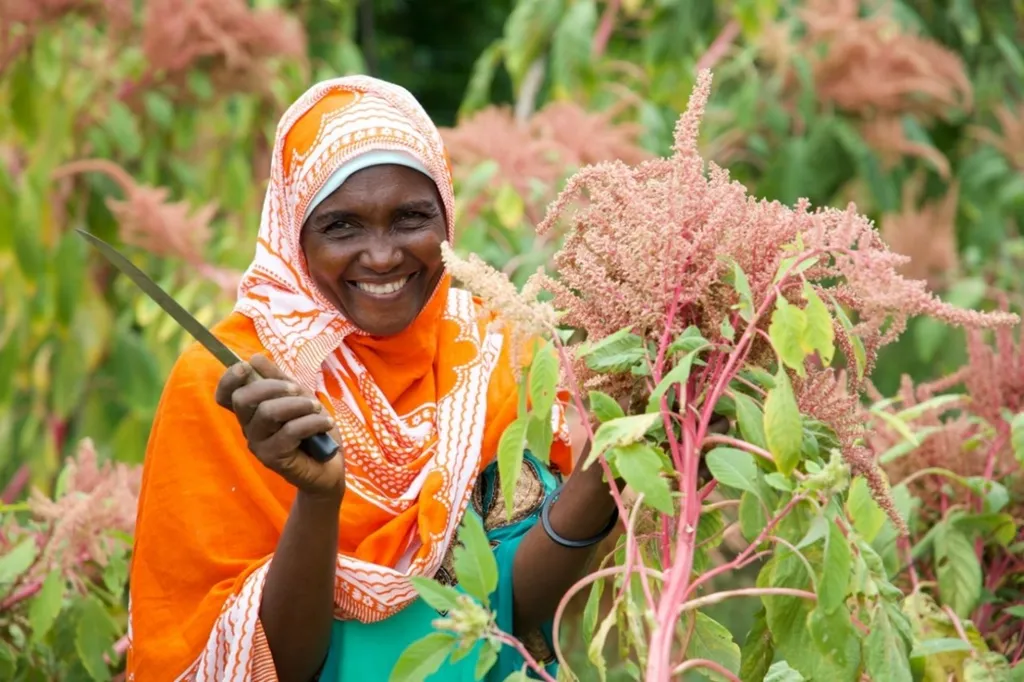In the heart of Africa, a quiet revolution is taking root, one leafy green at a time. Amaranth, a hardy and nutritious vegetable, is gaining traction as a crop of opportunity, offering a beacon of hope amid global challenges of food insecurity, poor nutrition, and climate change. A recent study, led by Rachel C. Voss of the World Vegetable Center in Taiwan, is shedding light on how farmer preferences can drive the breeding and seed production of these neglected crops, potentially transforming food systems and livelihoods.
The study, published in the journal ‘Plants, People, Planet’ (which translates to ‘Plants, People, and Our Planet’), employed citizen science methods to understand farmer preferences for amaranth varieties across Benin, Mali, and Tanzania. By engaging 2,063 farmers in participatory on-farm trials, the researchers identified distinct farmer segments with unique variety preferences, driven by factors such as plant survival, yield, leaf size, taste, and marketability.
“Our findings reveal significant variation in farmer preferences, emphasizing the need for context-specific breeding strategies,” Voss said. The study identified four distinct farmer segments: older women generalists, young women specialists, older men generalists, and young men specialists. Each segment preferred different amaranth varieties, highlighting the importance of considering gender and business orientation in breeding programs.
The implications of this research extend far beyond the fields of amaranth. By understanding and catering to farmer preferences, breeders and seed enterprises can develop improved varieties that meet local needs, expand economic opportunities—especially for women—and promote healthier diets and biodiversity. This participatory approach to research can also inform inclusive agricultural policies and sustainable development strategies across Africa and beyond.
The study’s methods and lessons learned offer a model for enhancing breeding and seed supply of other opportunity crops, or neglected and underutilized species (NUS). As Voss noted, “This work offers a model for participatory research on opportunity crops, informing inclusive agricultural policies and sustainable development strategies across Africa and beyond.”
The commercial impacts of this research are substantial. By developing improved varieties tailored to local preferences, breeders and seed enterprises can tap into new markets and create value chains that benefit both farmers and consumers. Moreover, the focus on neglected crops like amaranth can diversify food systems, enhancing their resilience to climate change and other shocks.
As the world grapples with the challenges of feeding a growing population in the face of climate change, the insights from this study offer a promising path forward. By listening to farmers and understanding their needs, we can develop crops that not only feed people but also empower communities and promote sustainable development. The future of agriculture lies in these neglected crops, and the seeds of change are already being sown.

